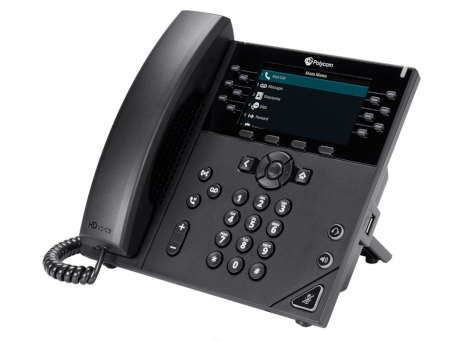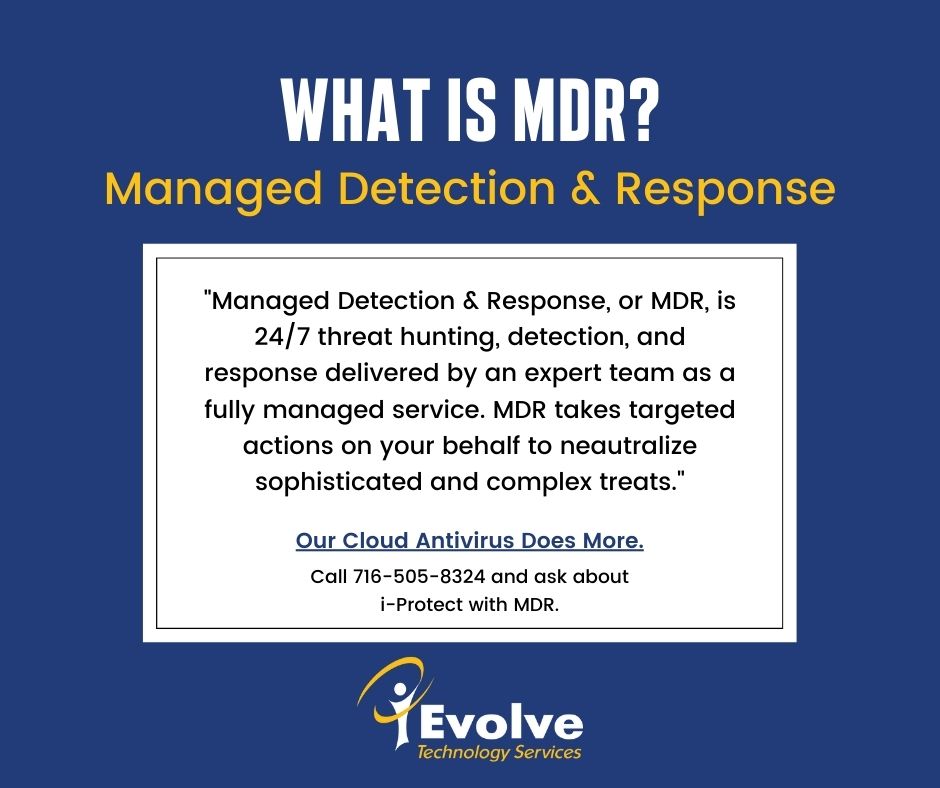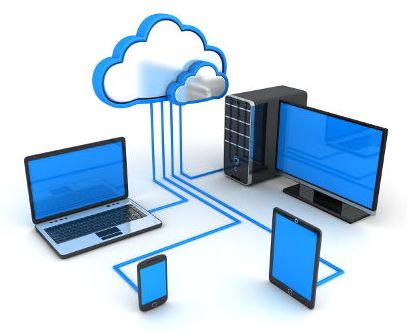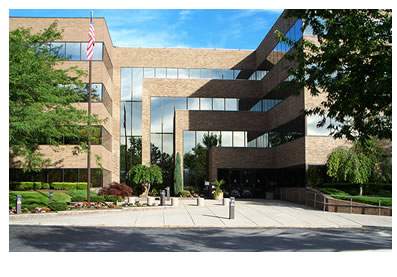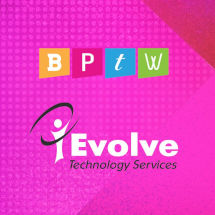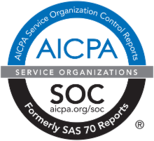With a reported increase in malware attacks since the start of the pandemic, it is critical to safeguard against breaches.

I think we'd all agree that having effective protection in place to block potentially risky spam emails and harmful viruses is far safer and more cost effective than trying to solve the problem once an attack has already taken place.
But the different terminology surrounding spam, viruses and malware can be confusing. So what does it all mean?
Anti-Spam Protection
Spam emails are the digital equivalent of junk mail and are often marketing messages sent without the recipient’s consent, typically distributed to many people at the same time using a ‘batch-and-blast’ method. These are usually sent without much thought about personalization or relevance. A lot of these are automatically filtered into junk or clutter folders by email or internet service providers, based on their content.
Phishing emails are another form of spam, and are used either to collect personal and financial data by inviting a response from the recipient, or to infect their machine with malware. Phishing attacks are often carefully orchestrated to emulate email correspondence from a trusted source. This makes it more likely that employees will follow instructions, such as clicking a link, downloading an attachment or replying with sensitive information like passwords or bank details.
So, it is important to realize that anti-spam filters don’t always stop phishing emails from reaching recipients, especially when they are carefully targeted. It’s therefore vital that employees exercise caution if they receive an email that seems suspicious. At the same time, filters can sometimes prevent genuine, honest emails from reaching users, so it’s important not to be wholly reliant on the tech and to be wary of any emails received.
Advanced spam filtering options give users additional control over which messages are identified as junk, and custom transport rules can also be created to set the Spam Confidence Level of messages that meet specific criteria. However, not all users know which characteristics should be detected and filters don’t stop the emails from actually being received. A managed IT support service can help with anti-spam protection and helping employees understand how to spot phishing scams.
Anti-Virus Protection
Viruses are a form of malware, which have been designed to corrupt or access information stored on computers or devices. This software is usually hidden in downloads – either from websites or email attachments – and while it typically comes from strangers or unfamiliar websites, it can also be passed on from known senders that have had their system infected.
It’s not always immediately clear when a computer has been infected, so it’s important to know the warning signs. These include slow computer performance, poor internet connectivity, restricted access to your own accounts/files, and signs of unauthorized access to password-protected accounts.
Anti-virus software works to detect an infection by identifying similarities with previous and existing viruses in a ‘virus library’. Keeping this up to date is therefore essential. At the individual machine level, multi-layered managed anti-virus is a crucial first line of defense to stop an attack, should an employee accidentally open a dangerous email or download something from an infected website.
In Conclusion
While anti-virus and anti-spam tools each protect your business from intrusion in different ways, they are both important teammates in the fight against hackers. They work together, at different layers of your network, to fight attack and maintain the security of your network.
For more information regarding these inexpensive and very imporant security layers, contact I-Evolve at 716-505-8324.

